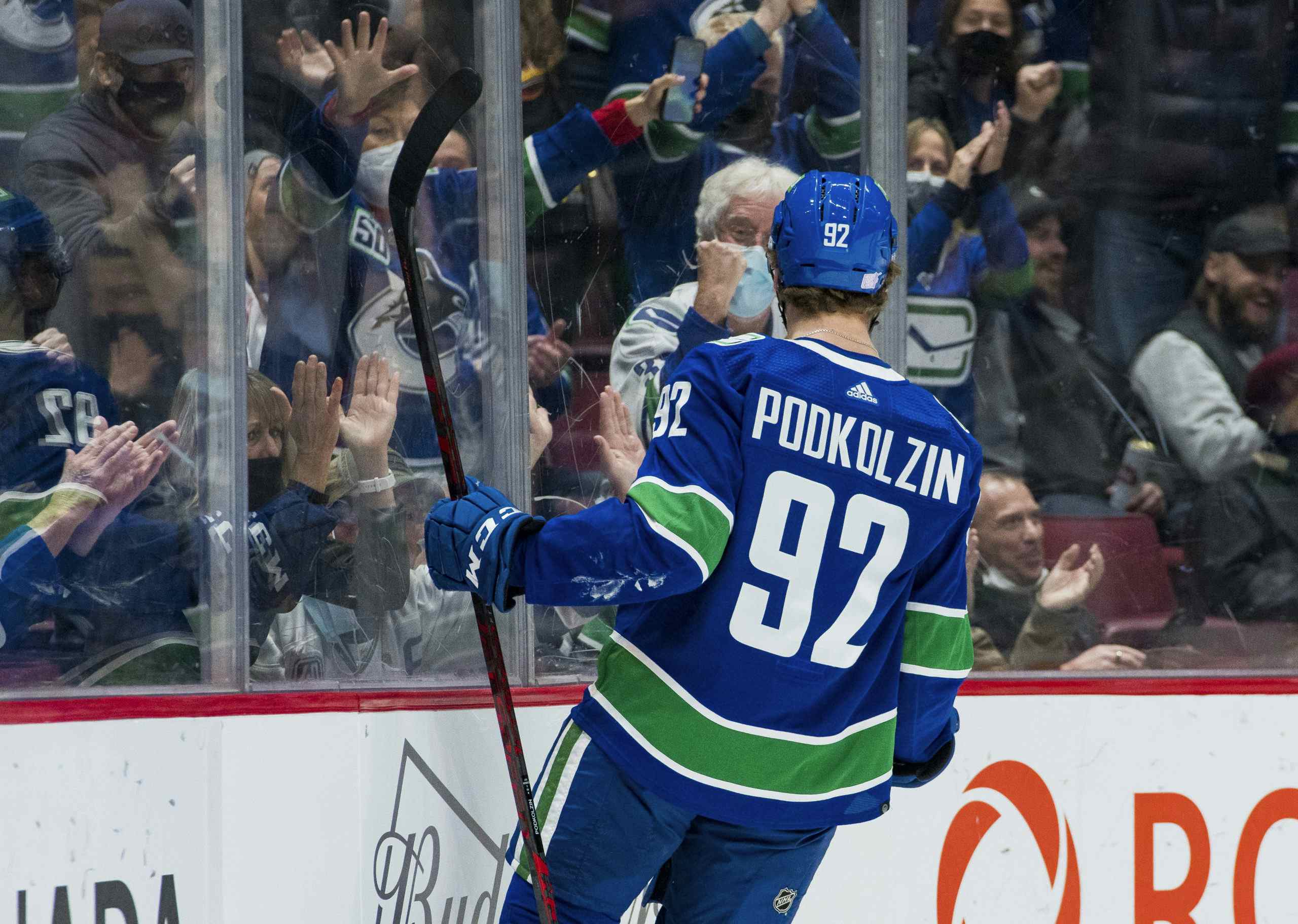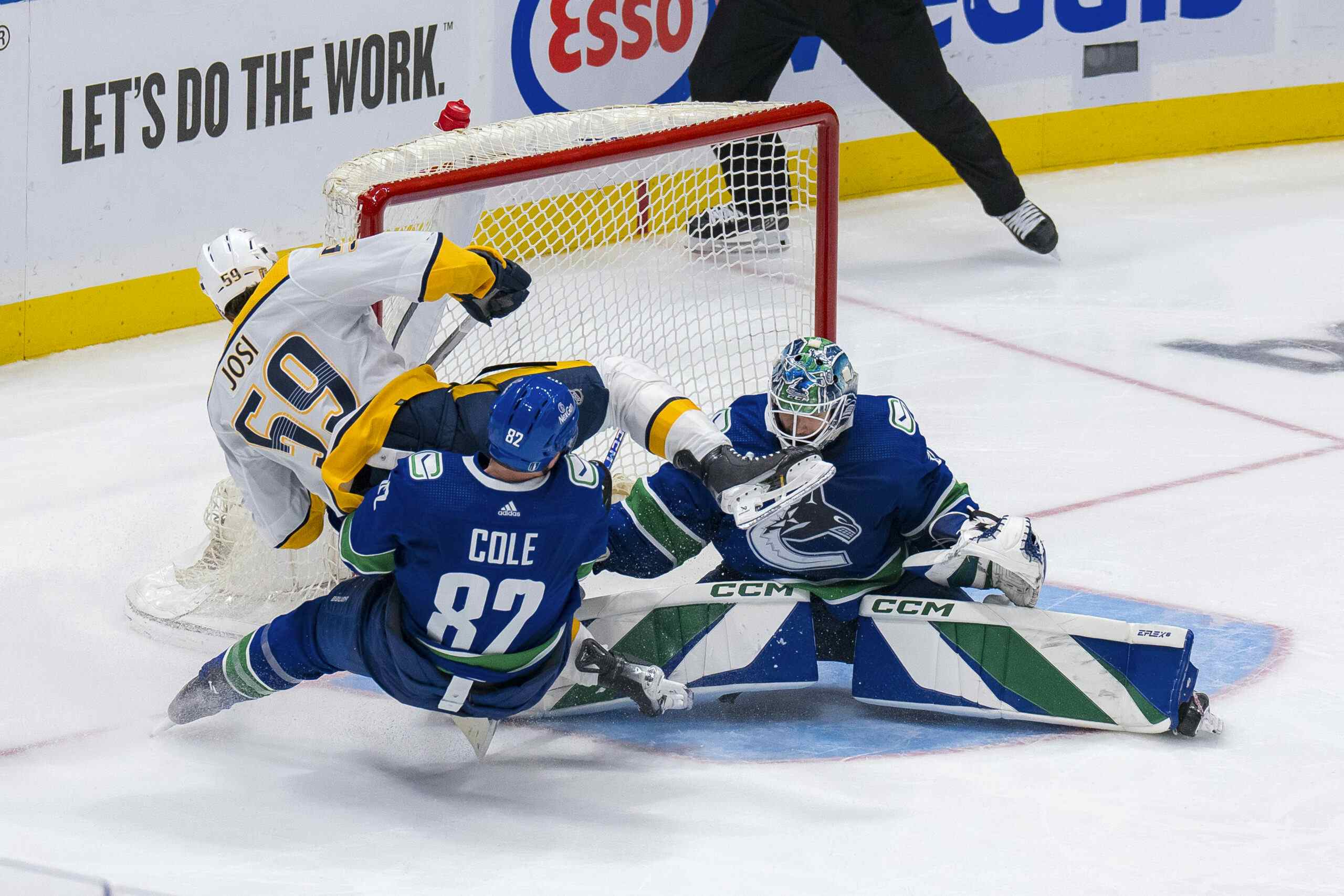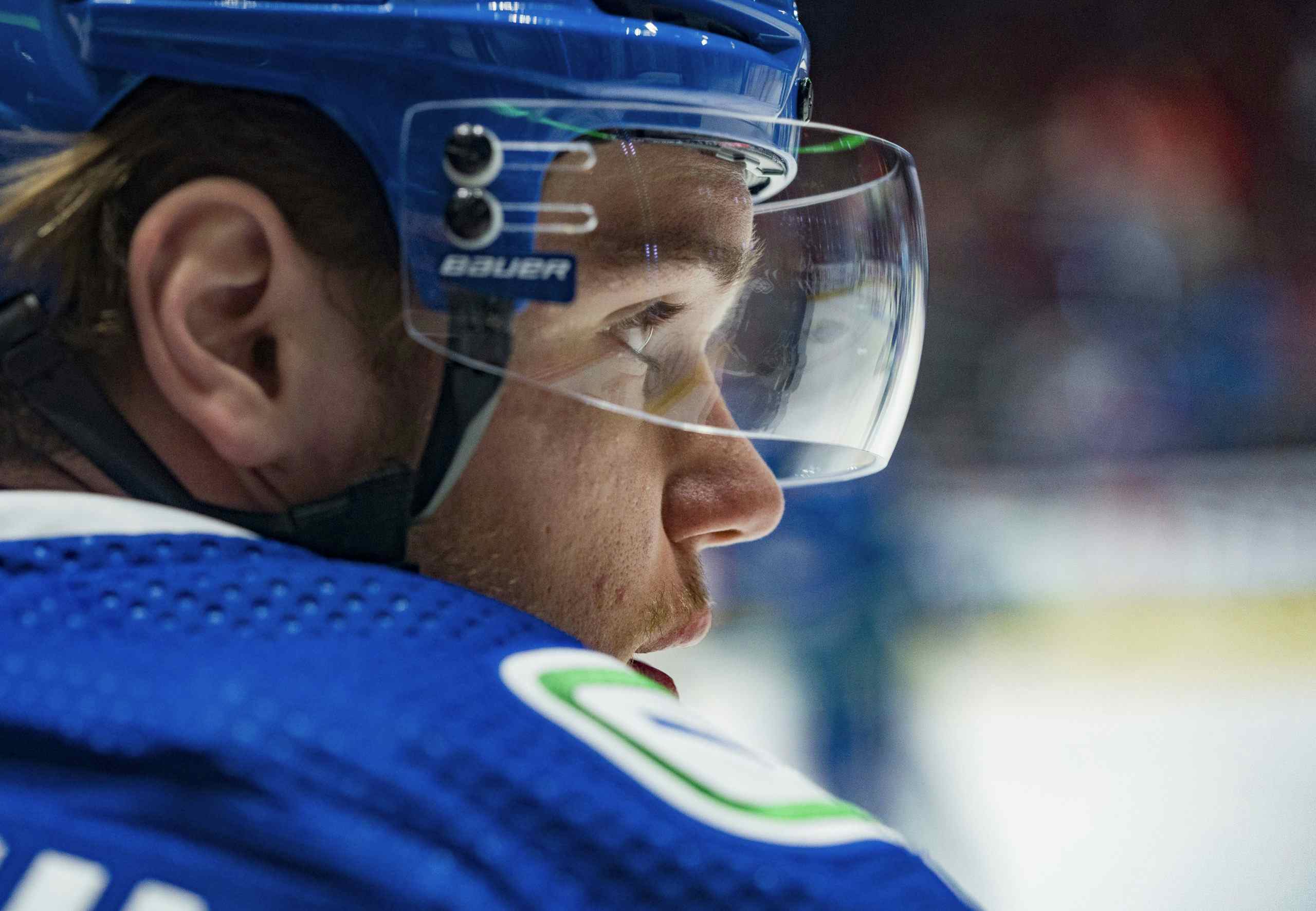Back from the Bottom – Part II
By Taylor Perry
7 years agoYesterday, we took a look back at three trades that helped reverse the fortunes of the Canucks from the late 1990s. Each of these trades had something in common. Namely, they each featured older core players being traded for younger, future core pieces. Although there were other, sometimes important, pieces involved in each deal, we can essentially boil each trade down to that essential fact. Pavel Bure became Ed Jovanovski, Alexander Mogilny turned into Brendan Morrison, and Trevor Linden became Todd Bertuzzi (as well as a key asset that was instrumental in acquiring the Sedins). Mike Keenan – and later, Brian Burke – were able to extract value for their ageing, and occasionally diminishing assets. Toss in a few good draft picks and the continued development of some talent already on the roster – like Markus Naslund and Mattias Ohlund – and the Canucks were able to ride the wave back to respectability. A textbook rebuild, or so the story goes.
So how do the current Canucks measure up against the team from the late nineties? In truth, the results are mixed. There are mitigating factors in today’s NHL that make the old, conventional rebuild a little more complicated than from nearly two decades ago. There are also contextual factors within the Canucks organization itself that changes the outlook. A rebuild in 2016 is far different than a rebuild in 1999, but let us still see what can be gleaned from comparing the two.
Rebuild-to-Date
Despite organizational rhetoric to the contrary, the Canucks have been slowly commencing the rebuilding project for some time now. The important question is exactly when did it begin? Some might say it began with the firing of Alain Vigneault in 2013, or even with the jettisoning of Christian Ehrhoff in 2011 for a fourth-round pick. The best argument, I believe, is that the rebuild began in earnest with the Roberto Luongo trade in March 2014.
When Mike Gillis pulled the trigger on the Luongo deal, he effectively signalled the beginning of the end for the 2011 core. The best goaltender in franchise history fetched young goaltender Jacob Markstrom and forward Shawn Matthias. Ryan Kesler, having requested a move out of town around the time of the Sochi Olympics, was subsequently dealt (by new GM Jim Benning) to Anaheim with a 2015 third round pick in exchange for centre Nick Bonino, defenseman Luca Sbisa, and the 24th overall pick in 2014 (Jared McCann). Kevin Bieksa was dealt after the following season for a 2016 second round pick. Dan Hamhuis walked for nothing this summer, as did Sami Salo in 2012. The Sedins, Alex Burrows, and Alex Edler all still remain with the team. Its debatable whether or not Cory Schneider was indeed a core piece of the 2011 team, but for argument’s sake, let’s say he was. For him, of course, the Canucks obtained Bo Horvat.
Early returns are not superb, at least in comparison to the previous Canucks rebuild. It should be noted, however, that those trades generally involved players more established at the NHL level. That said, the basic premise of those trades was acquiring younger core pieces for older ones. And by that measure, the jury is still very much out. From the Luongo deal, Matthias lasted just over one season before bolting to Toronto in free agency, leaving the Canucks with only Jacob Markstrom. The young goaltender made some important developmental strides last year, so there is still hope that he could morph into a core piece for the Canucks before the advent of Thatcher Demko. The Kesler deal is a bit more complex, but we can probably safely say that Sbisa will not be a core player. Bonino and McCann are already former Canucks, bringing back Brandon Sutter and Erik Gudbranson, respectively, in return. There is some debate regarding whether either of these players are truly “foundational” players, but Canucks management certainly believes they are. The second round pick acquired for Bieksa was subsequently flipped to Pittsburgh in the Bonino-Sutter trade. Bo Horvat, meanwhile, can be readily identified as a future core piece – if he isn’t one already.
Complicating Factors
Obviously, the major difference between the late 1990s and today is the presence of the salary cap and the proliferation of no-movement and no-trade clauses. By the standards of the time, Bure, Mogilny, and even Linden were highly-paid players. Moving them, however, did not require any clever cap maneuvering. All that mattered was the presence of a willing trade partner that could fit the player’s contract within its internal budget. Additionally, neither of these players possessed any real leverage – at least in comparison to players today – in the form of NMCs and NTCs. Not to give Benning a crutch, but his predecessor signed a number of these in order to keep the cap hit of individual players at a reasonable figure, making good trades involving core players more difficult in a cap world. The Luongo deal, made by Gillis, is a great example of the how trading core players has changed in the cap era. With a gargantuan contract and a full NTC, extracting maximum value for an elite goaltender would be difficult. Gillis tried, naturally, but his travails proved just how much the traditional rebuild game plan had changed. Kesler, Bieksa, and Hamhuis all had NTCs, as do the Sedins, Burrows, and Edler. If this was 1999, we can reasonably assume that the return for those players would have been greater. As it stands, the Canucks have acquired arguably only one legitimate core player (Horvat) from the previous group. There has yet to be a final verdict concerning Sutter, Gudbranson, and Markstrom.
The other contextual factor, hinted at yesterday, is the direction from ownership. Back when Brian Burke was at the helm, John McCaw sent him a message to “trim the budget.” Today, the consensus direction is to “make the playoffs.” Both messages invoke the bottom line, but in subtly different ways. The 1999 Canucks were hemorrhaging cash, so the mandate was to cut costs regardless of the consequences on the ice. The franchise was losing games by the dozen and dollars by the million, anyway. Why not just cut the losses? So that’s exactly what management did. The 2016 Canucks, in contrast, are still trying to turn a profit at the gates – no easy feat, considering the product. While Burke only had to worry about losing less money, Benning has to be wary of making less. It is a small difference, yes, but one that has profound effects on organizational philosophy.
Conclusion
The NHL landscape has certainly changed since 1999-2000. The traditional model of rebuilding, while still very useful, has been complicated by the presence of the salary cap and the emergence of NMCs and NTCs. The Canucks of yesteryear were able to acquire players further along in their development – and arguably with greater potential – in three major trades over the course of three seasons because the club had more flexibility. That said, the other components of a rebuild, such as drafting, developing, and signing free agents, have remained as important as ever. The turn-of-the century Canucks still needed players who were already with the club, like Markus Naslund, Mattias Ohlund, and Adrian Aucoin, to take the next step, as does the modern-day team. It needed to draft its next leaders, like the Sedins, Ryan Kesler, and Kevin Bieksa. It needed to be patient with these players as they developed.
By looking at the past, the natural conclusion is that the Canucks should trade their remaining core players and maximize the return. But it’s also worth discussing if maximizing the return today means the same as it did 16 years ago. Is it probable to get the same guaranteed return in the modern NHL, with NMCs, NTCs, and a salary cap? Does Jim Benning have the managerial acumen to pull off a trade heist?
And perhaps most importantly of all, where is Mike Milbury when you need him?
Recent articles from Taylor Perry





